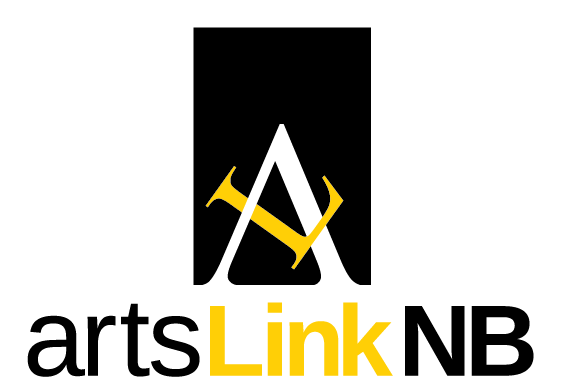A CV is a record of an artist’s professional activities. This resume type document is important for grant applications and submitting proposals. Make sure to keep your CV up to date and succinct.
A CV should include:
Relevant personal information:
- Name
- Contact info
- Website
- Short bio(optional)
Education/training:
This section is often referenced to determine eligibility for programs. see Canada Council for the Arts definition of a professional artist
Suggested format:
Institution, Type of Certification, Year
Institution, Type of Certification, Year
This section is not required on a CV if no certification was received, only include relevant professional programs.
Exhibitions:
List in order of date starting with the most recent. Depending on quantity, you may want to separate them in types of exhibitions (group, solo, retrospective). Do not feel you have to squeeze everything in, curate your list.
Suggested format:
Year Title of Show, Gallery Name, City Name
Year Title of Show, Gallery Name, City Name
Publications:
Include proper citations of published work, interviews, articles etc. see MLA formatting guide.
Other sections:
Continue listing your achievements in similar formats, categories can include:
- Residencies
- Relevant employment
- Awards/Grants
- Curatorial projects
- Collections
